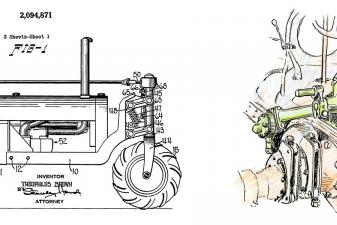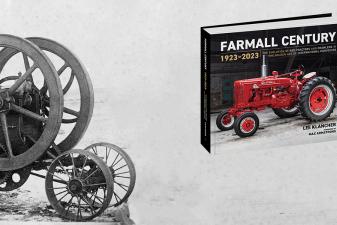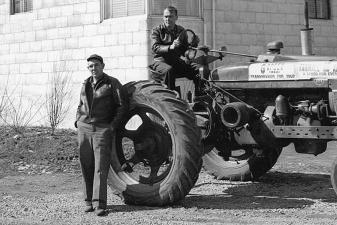Edward A. Johnston: A Pioneer Engineer

The 100th Anniversary of the revolutionary Farmall tractor is celebrated in Farmall Century: 1923–2023, the authoritative model-by-model history that traces the evolution and design of the most significant farm tractors of the 20th century. Award-winning author Lee Klancher chronicles how and why the Farmall tractor came to exist and how it evolved with his signature blend of compelling stories, engaging text, and spectacular images. In this excerpt read about Edward Johnston. Johnston was an engineer for first McCormick and later IH and one of the brightest minds in the company. He was highly influential in the creation of the Farmall and many other agricultural innovations.
Like so many of the mechanical geniuses who turned technology into gold in early America, Edward A. Johnston began imagining and building new machines in his youth. By the time Johnston was eighteen years old, he had designed and patented a successful paper box-building machine. By the age of twenty, he had also produced the vertical-bar mower and, in his spare time, busied himself designing a phonograph, gas engine, and a machine that made X-ray photographs.
When he joined the McCormick Harvesting Company in 1894, Johnston’s talents quickly made him a rising star in the McCormick Harvesting Company universe. He developed a steady stream of new technologies, including his crowning early achievement: creating and building the Auto-Mower that won first prize at the 1900 Paris Exposition.
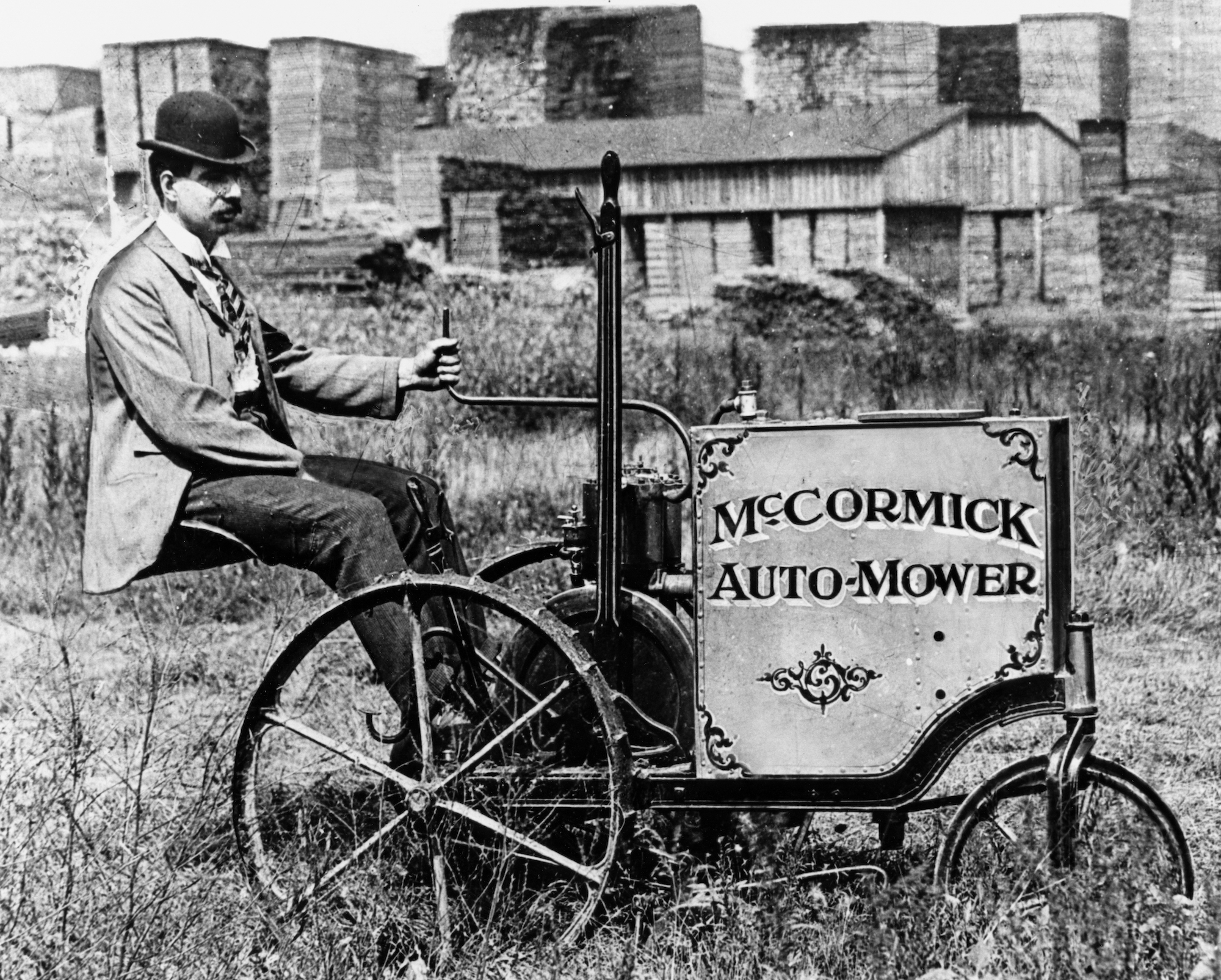
Edward A. Johnston on one of his two Auto-Mowers, probably the single cylinder. The photo was taken in the extensive lumberyards next to McCormick Works. A surviving Auto-Mower resides at the Wisconsin Historical Society in Cassville. McCormick Harvesting Machine Company, Wisconsin Historical Society / 39487
The same year the leaders of the farm industry gathered in New York to form the “harvester trust,” Johnston resigned over a patent dispute. The loss was not an insignificant one for the company.
The merger would provide opportunities for growth, but that did not change the fact that fresh innovation was key for agricultural companies to thrive in this era. While much progress had been made in the nineteenth century, the true replacement of the horse on the farm would require internal combustion engines to provide power. The transformation was a hotbed of opportunity for those with the genetic predisposition to visualize complex systems and the boots-to-ground, dirt-under-their-fingernails grit to forge their visions with iron, oil, and wood.
The leaders of the newly created International Harvester Company (IH) had to be pained at the loss of Johnston in 1902, but much of the company’s energy was focused on sheer survival.
The merger was hardly the boon one might expect. In fact, while it was quite profitable for the company founders, the immediate effect on business and profits was less than satisfactory. The massive headache of merging fierce competitors with a long history of bitter rivalry, during an era when communication technology was limited, would take more than a decade to sort out. The leaders bickered over low profits, valuations, and how to divide the markets. The five companies largely continued to operate like five entirely separate organizations.

This photo, dated March 26, 1919, is identified only as a model “built and never used.” Edward A. Johnston hand built a car in 1898; Alexander Legge had a soft spot for buggy manufacturers and built a powered buggy. This could be either of those—or something else entirely. Given Deering Works was Steward and Ellis’s home base, it’s also possible one of them created it. Wisconsin Historical Society / 24877
Part of this was strategy—the leaders determined that they were better served to continue marketing their independent brands—and part was due to the massive endeavor of combining such large entities.
Far from the vitriol brewing in boardrooms in Chicago and Plano, new technology was simmering in blacksmith shops, converted carriage houses, basements, and warehouses across the country.
The most exciting new technology on the horizon was the tractor. Company engineers like Johnston and John F. Steward, as well as the ever-resourceful well of farmyard tinkerers, were creating an array of fantastic machines worthy of a steampunk comic book. Farm magazine advertisements of the day showcased mechanical creations straight out of a Jules Verne novel. Part whimsy and part innovation, the ads were placed by innovative builders, cutting-edge entrepreneurs, and a handful of scheming scammers.
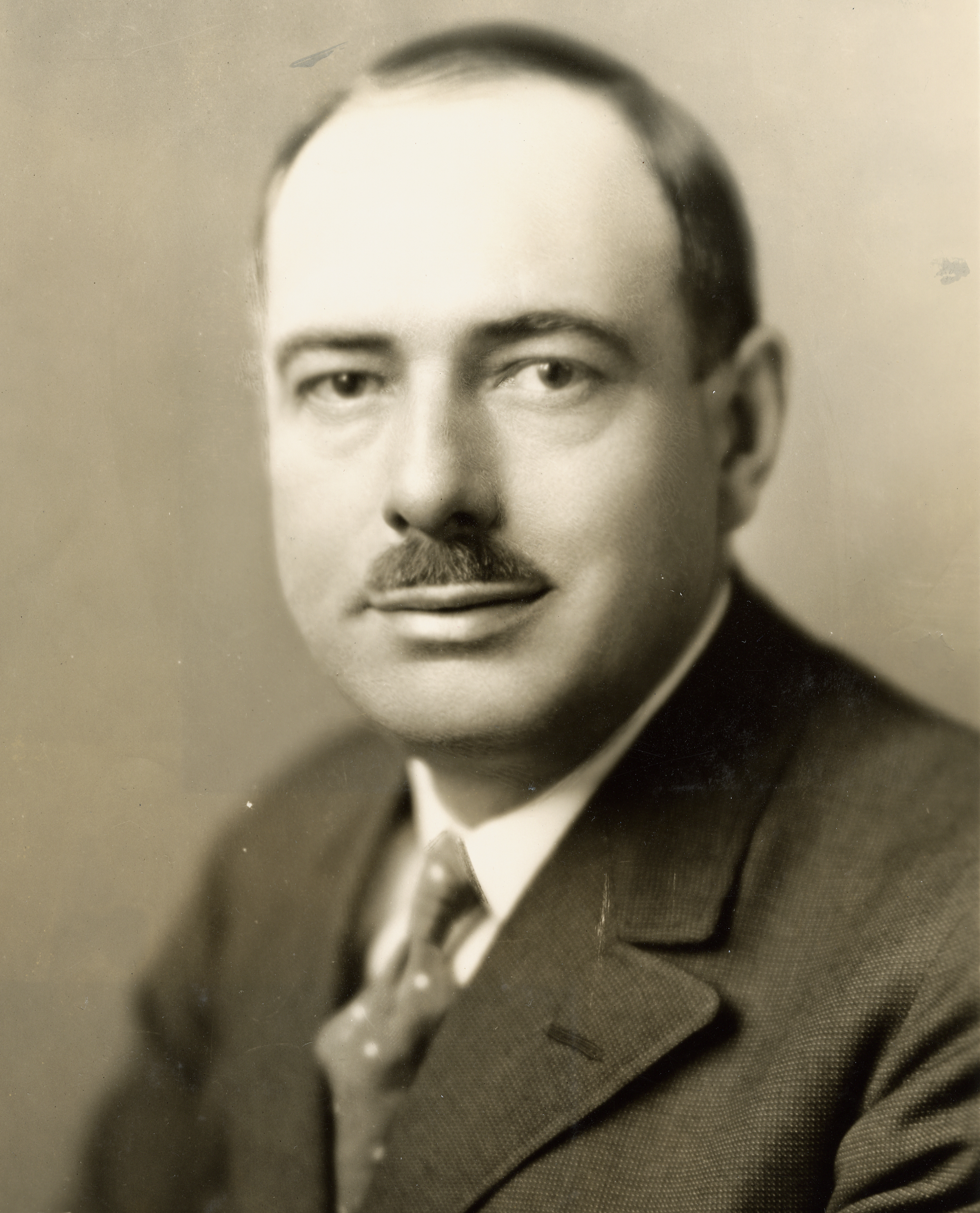
Johnston was one of the star engineers of McCormick Harvesting Company and IH. In a remarkably productive career, he would receive more than 171 patents, making him one of the most prolific agricultural engineers in recorded history. He was the man behind the McCormick Auto-Mower, the Auto Buggy, the Mogul tractor line, and he would go on to lead the IH engineering team. Wisconsin Historical Society / 35532
For more stories like this one, check out the Related Content and Related Books linked below!



